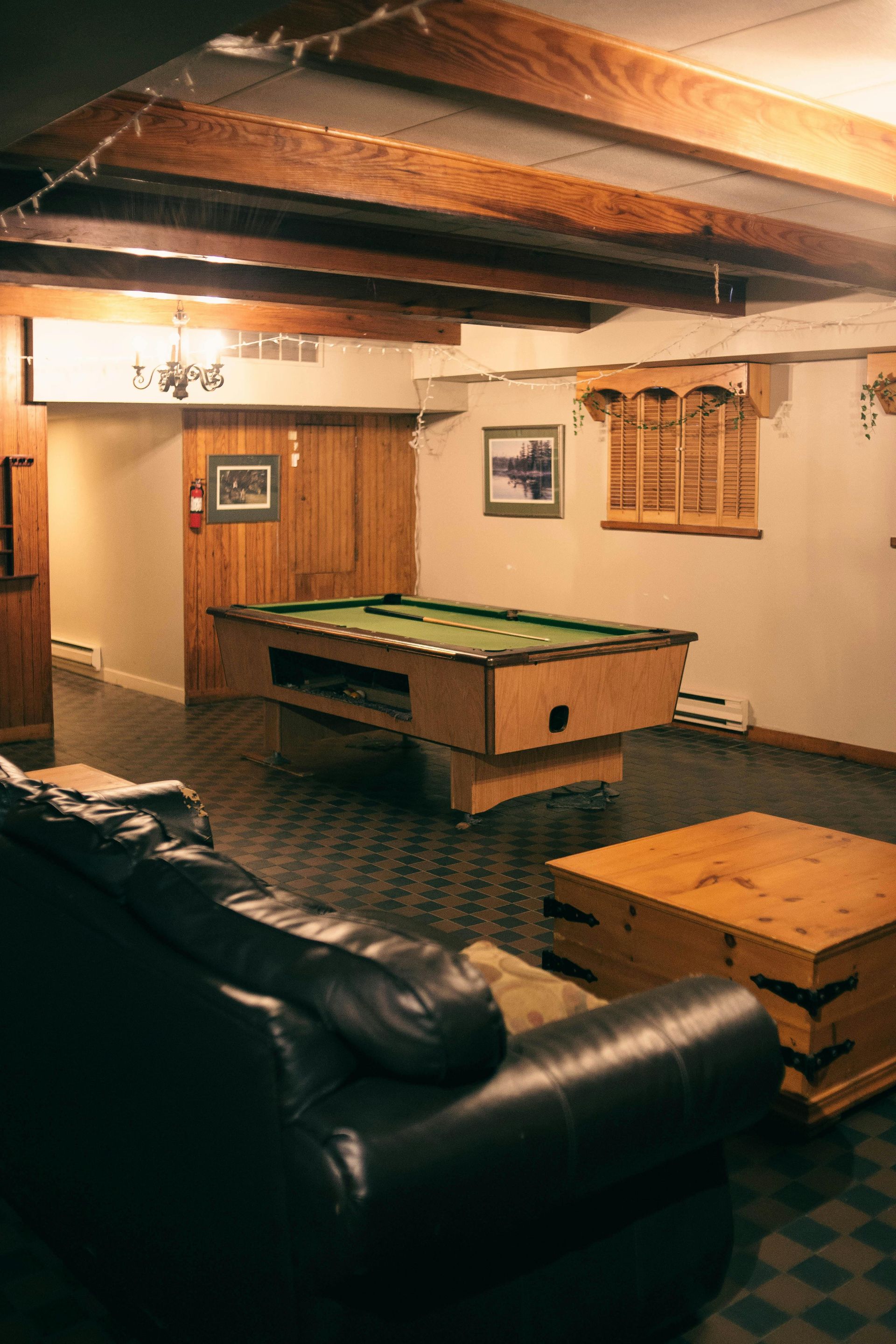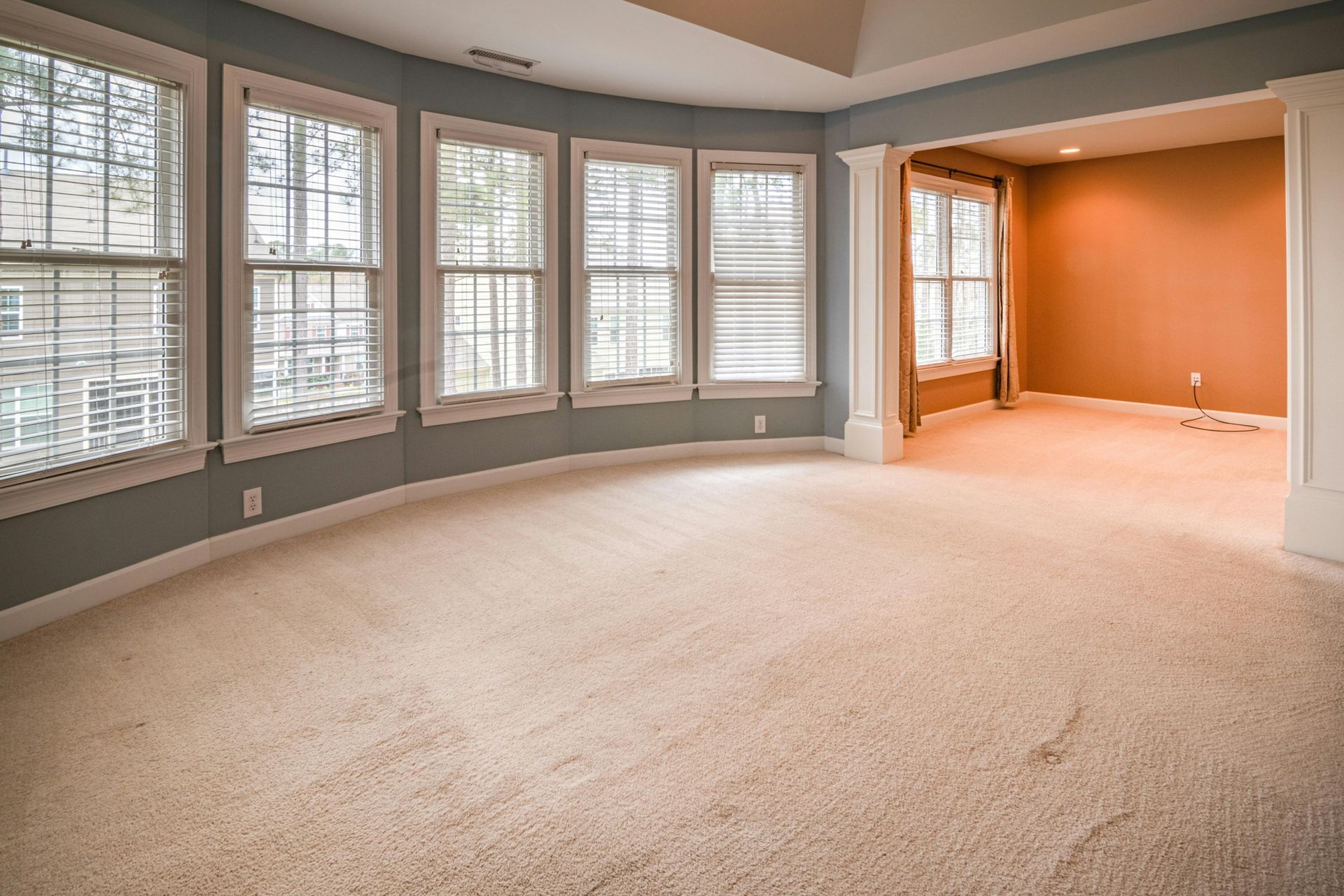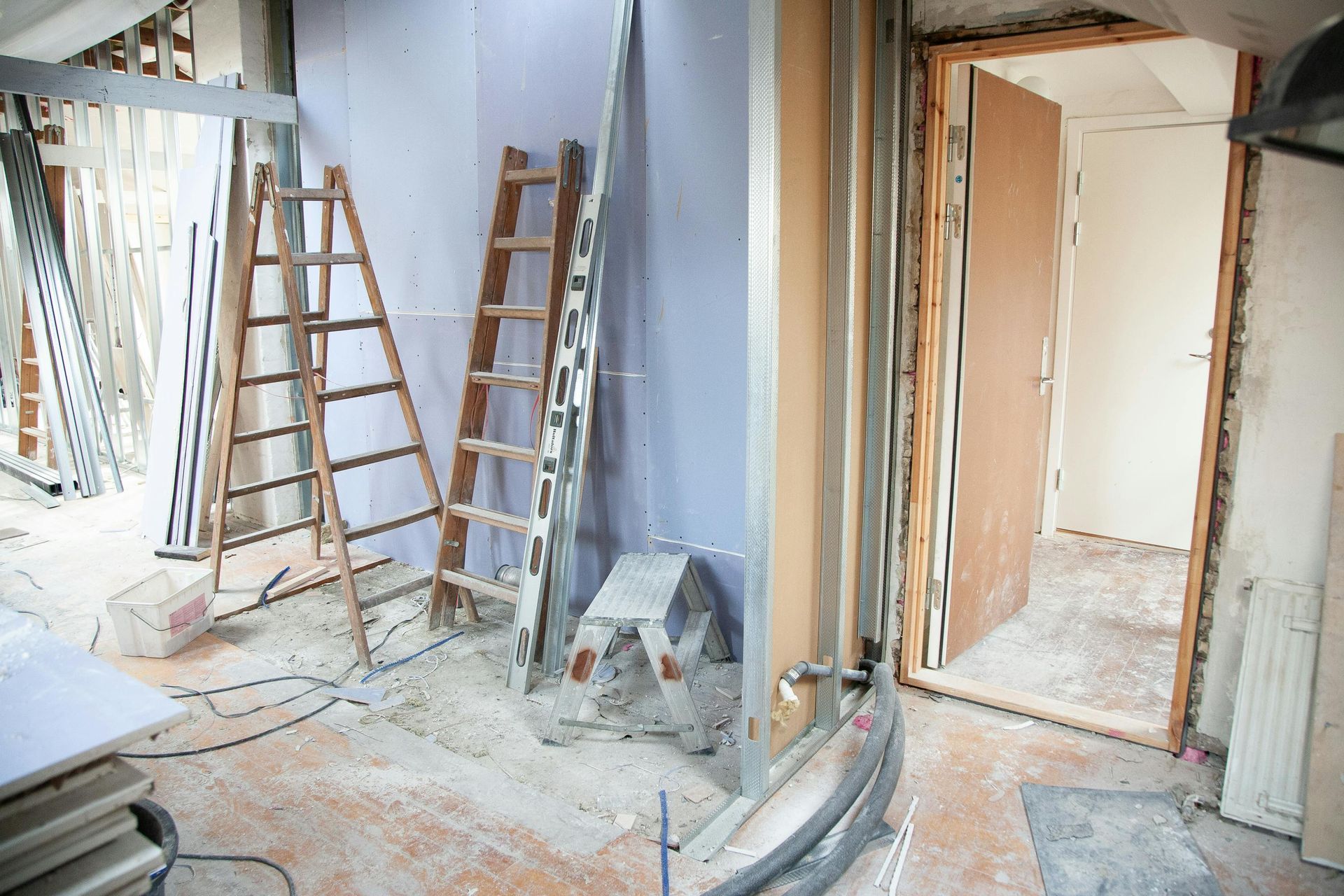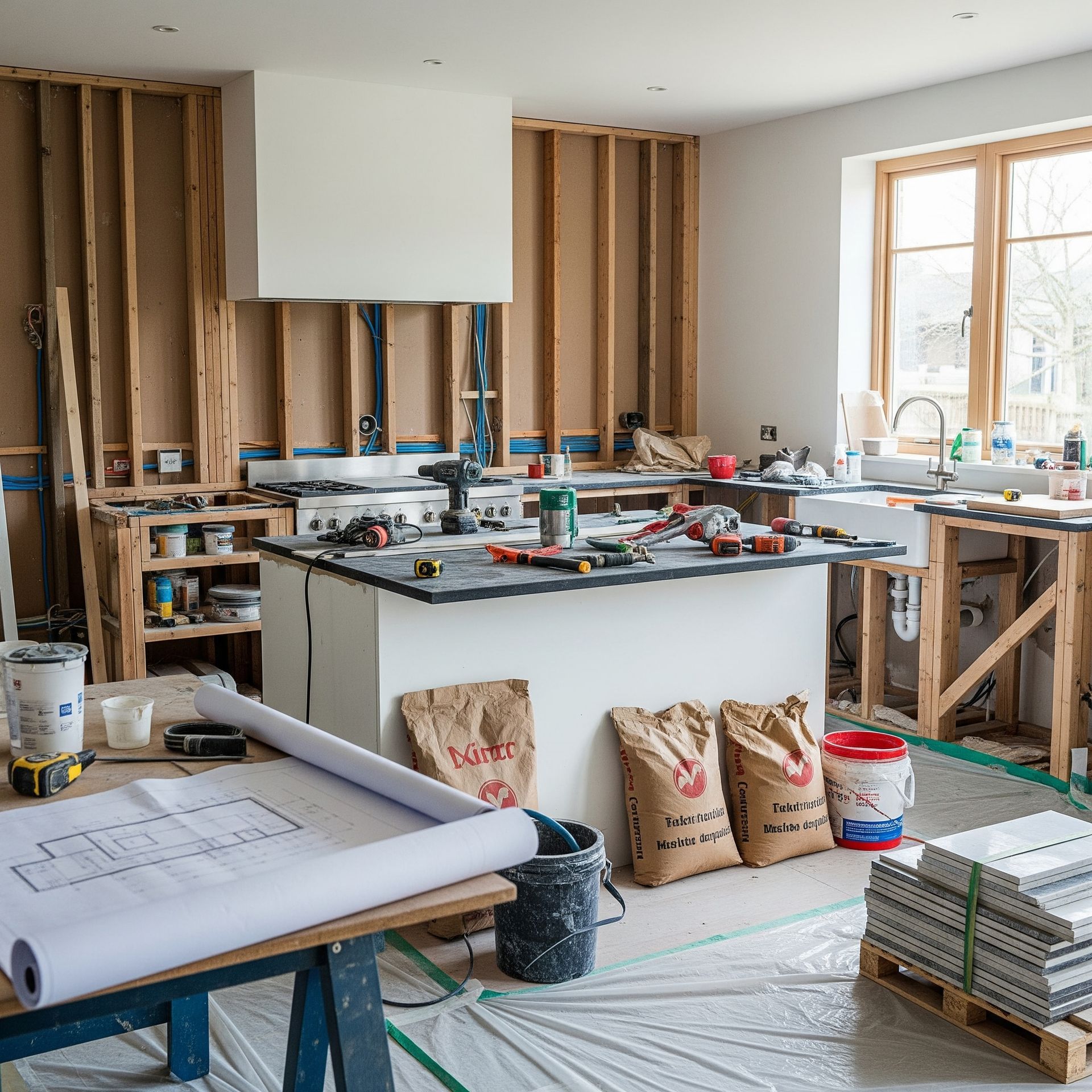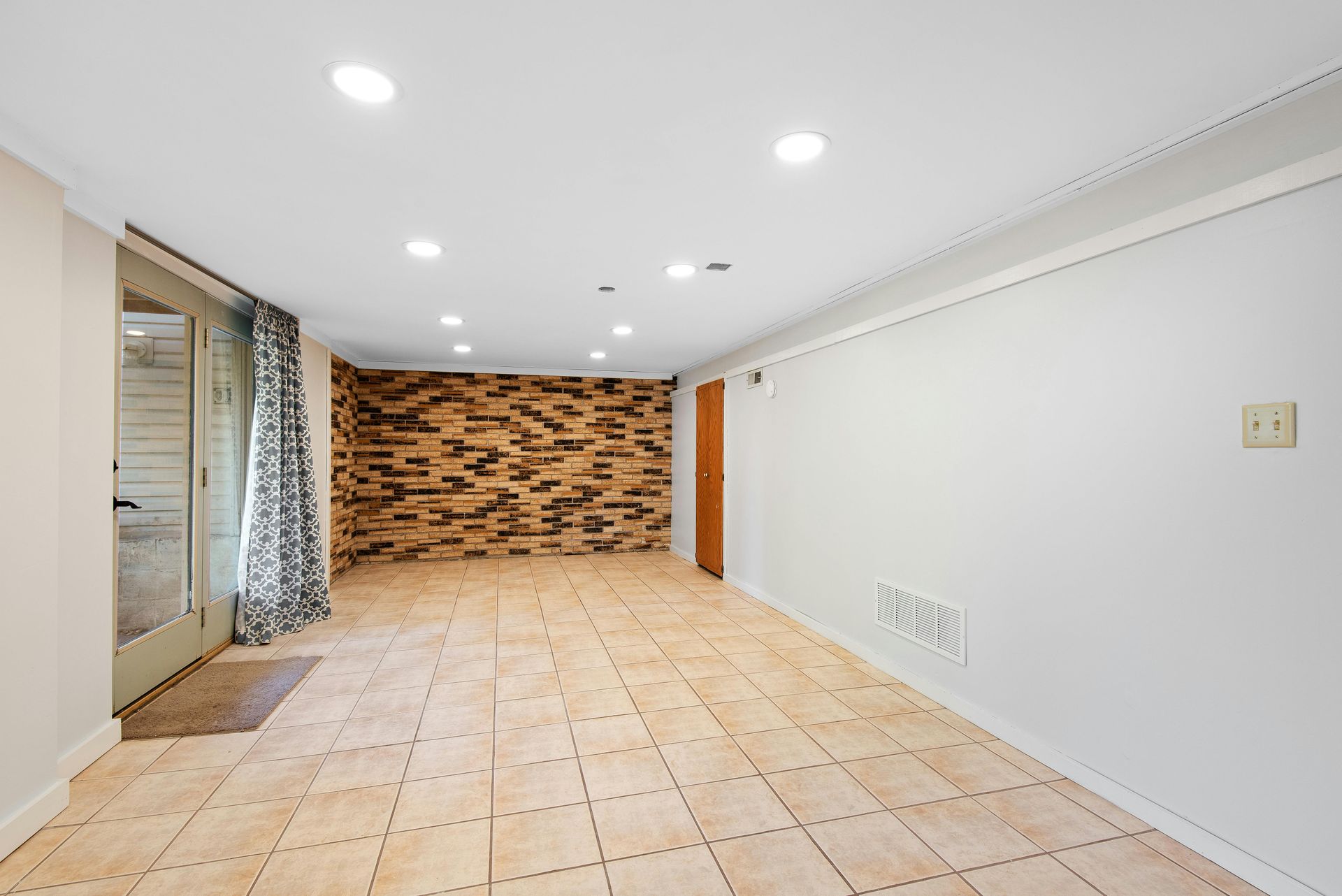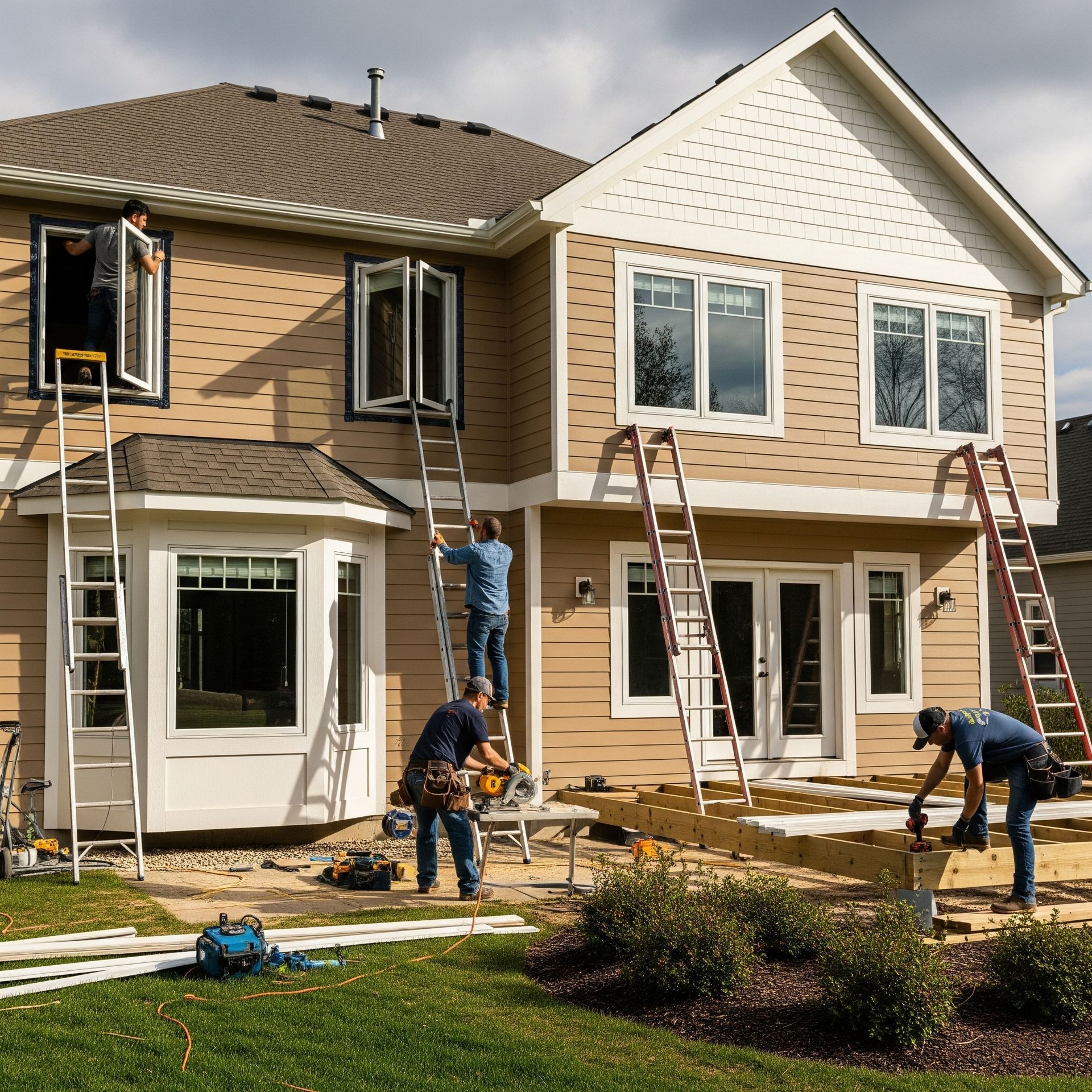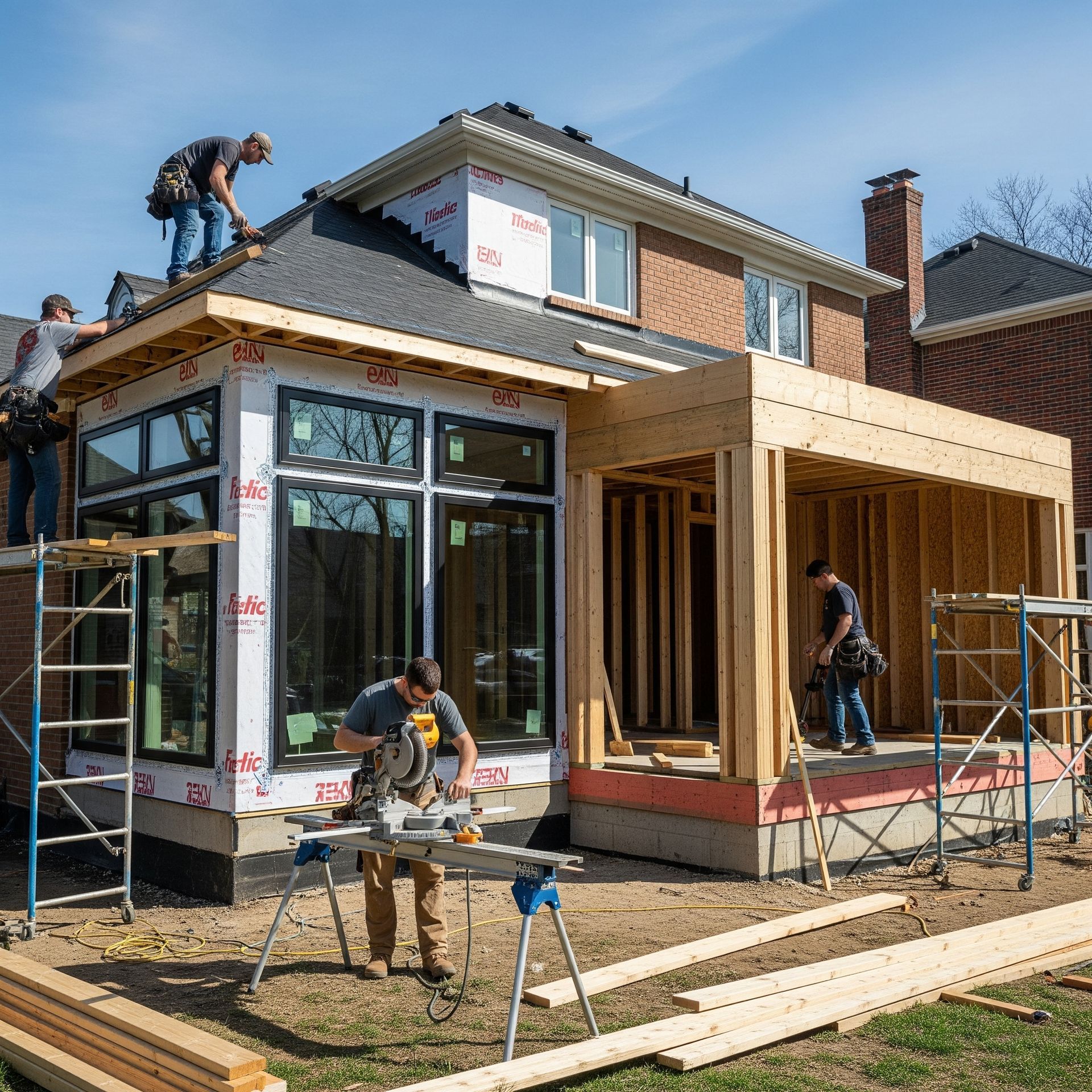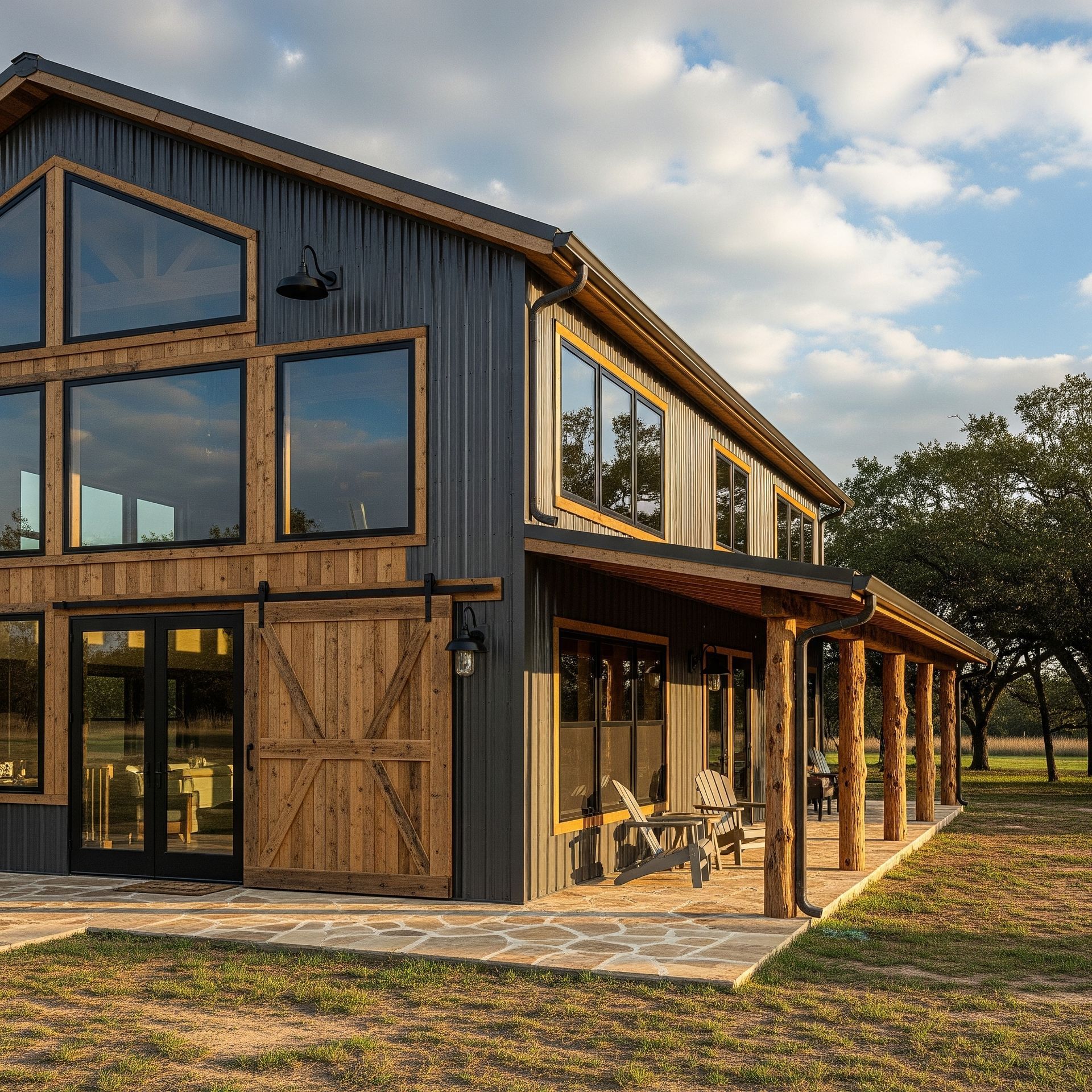Key Differences Between Renovation and Remodeling Projects
When it’s time to improve your home or business, you’ll probably come across the terms renovation and remodeling. Many people use them interchangeably, but they actually refer to different types of work. Knowing what sets them apart helps you make better decisions, avoid unexpected costs, and get the results you want. At Timberland Construction, we help homeowners and business owners understand the difference so they can move forward with confidence. From whole-house renovations and additions to projects across our various service areas, we tailor every job to fit your needs.
Key Takeaways
- Renovation refreshes or restores a space without changing its structure, like new paint or flooring.
- Remodeling involves big changes, like knocking down walls or adding rooms, to transform a space.
- Renovations are usually cheaper, faster, and sometimes DIY-friendly.
- Remodeling often needs pros, bigger budgets, and more time.
A Closer Look at Renovation
Renovation focuses on updating or restoring a space without altering its existing structure. The layout remains the same, but finishes, fixtures, and surfaces are refreshed or replaced to improve aesthetics and functionality.
Examples of renovation work include painting walls, replacing flooring, installing new lighting, or updating appliances. These changes tend to be more affordable, quicker to complete, and less disruptive than structural alterations. In many cases, renovations are also more accessible to homeowners interested in managing parts of the process themselves.
Common areas for renovation include kitchens, where layouts often remain functional, but materials and styles may feel outdated. Kitchen renovation services typically focus on upgrading cabinets, counters, appliances, and lighting without moving walls or utilities.
The Process and Purpose of Remodeling
Remodeling involves more substantial changes. This could mean altering the layout, expanding square footage, or repurposing a room entirely. Remodeling is often used when the current space no longer serves its intended purpose. For example, converting an underused basement into a functional living area requires both design changes and construction expertise.
Comprehensive basement renovation services typically include framing, finishing, and systems upgrades. While remodeling takes more time and typically involves a higher budget, it allows for greater customization and often delivers a significant improvement in usability, comfort, and long-term value.
Renovation vs Remodeling: The Key Differences
To make things crystal clear, let’s break it down in a handy table:
| Renovation | Remodeling | |
|---|---|---|
| Scope | Cosmetic updates, repairs | Structural changes, layout redesign |
| Purpose | Refresh, restore, improve | Transform, repurpose space |
| Cost | Generally lower | Usually higher |
| Time Required | Shorter duration | Longer duration |
| Professional Involvement | Optional for small tasks | Usually requires architects/engineers |
| Examples | New paint, fixtures, appliances | Wall removal, home additions |
When Renovation Is the Right Approach
Renovation is a suitable option when the existing layout works but the space requires visual or functional updates. It’s an efficient way to improve appearance, fix wear and tear, and enhance property value without extensive construction.
Situations where renovation is often preferred include:
- Refreshing outdated finishes without altering the room’s configuration
- Updating key areas such as bathrooms or kitchens
- Completing projects on a modest budget
- Managing smaller improvements within a shorter timeframe
Simple upgrades, like new tiles or light fixtures, can dramatically improve the look and feel of a room. These updates often cause minimal disruption and offer noticeable results without structural change.
When to Consider a Remodeling Project
Remodeling becomes necessary when a space needs to function differently, or when layout changes are required to improve flow, comfort, or accessibility. It is especially useful in properties where needs have evolved beyond the original design.
Scenarios that typically call for remodeling include:
- Expanding living areas by opening up walls or reconfiguring rooms
- Adding square footage through extensions or second-storey additions
- Repurposing a space, such as converting a basement into a home office
- Updating outdated plumbing or electrical systems during layout changes
Finishing a basement is a common example of remodeling. It often involves creating entirely new rooms, which may include insulation, egress windows, and utility upgrades. This type of project not only adds usable space but can also increase resale potential. Learn more about the benefits of finishing your basement to make the most of underutilized square footage.
Practical Benefits of Renovating
Renovation projects offer several practical advantages, particularly when the goal is to enhance an existing space without altering its structure:
- Cost efficiency: Typically lower in cost due to fewer materials and simpler labor
- Faster turnaround: Projects often complete in a shorter timeframe
- Minimal disruption: Occupants can usually remain in the property during the work
- Improved resale appeal: Even modest improvements can increase market value
Long-Term Advantages of Remodeling
Remodeling requires more planning and investment, but it provides long-term flexibility and improved function. The benefits include:
- Tailored layouts: Spaces can be completely reimagined to suit specific needs
- Added functionality: Rooms can serve new purposes or include modern features
- System upgrades: Allows updates to plumbing, electrical, and insulation
- Increased property value: Structural improvements often yield higher returns
Larger-scale additions, such as pole barns, may also be included in remodeling plans where extra space is needed for storage or work.
Frequently Asked Questions
Can I do a renovation myself, or should I hire a professional?
Basic tasks like painting can be DIY-friendly, but anything involving plumbing, electrical, or structural work should be handled by professionals.
How much does a typical renovation or remodeling project cost?
Minor renovations may take a few days to weeks. Remodeling projects with structural changes typically take several weeks to months.
Are permits required for renovation or remodeling work?
Permits are usually required for remodeling or any work involving structural, plumbing, or electrical changes. Cosmetic renovations often don’t need permits.
How do I decide between renovation and remodeling?
Choose renovation to refresh a space without changing its structure. Choose remodeling if you need layout changes, added space, or reconfiguration.
How long does a renovation or remodeling project usually take?
Minor renovations may take a few days to weeks. Remodeling projects with structural changes typically take several weeks to months.
Final Thoughts
Choosing between renovation and remodeling comes down to your goals, budget, and timeline. Renovations are great for quick, affordable updates that refresh your space, while remodeling offers a chance to completely transform it. Either way, planning is key to getting it right. At Timberland Construction, we’re here to guide you every step of the way, from brainstorming ideas to putting the finishing touches on your dream space.
Ready to take the next step? Reach out to Timberland Construction today for a free consultation. Let’s turn your vision into reality, whether it’s a simple refresh or a total transformation.

